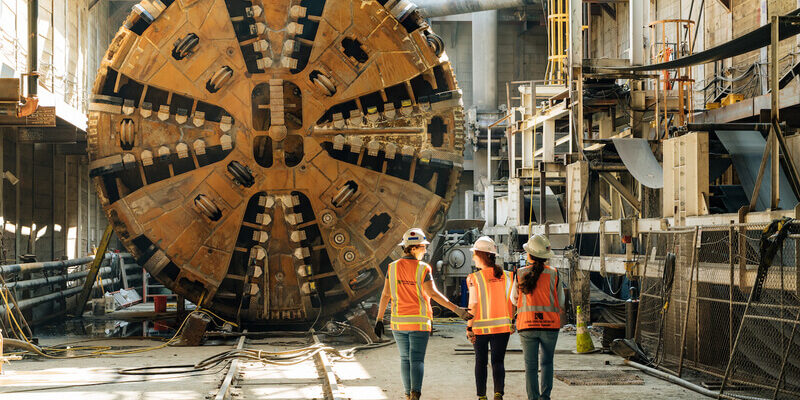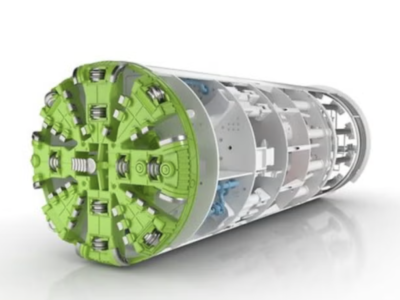
Located in downtown Los Angeles, construction process of the underground Regional Connector Transit project has been successfully completed by Skanska, in collaboration with Traylor Bros, that marks the end of their nine-year engagement. In April 2014, LA Metro has awarded this design-build contract to this joint venture leading to the completion of this remarkable $1.8 billion undertaking.
Using a Herrenknecht Tunnel Boring Machine (TBM), digging process of 5,795 feet (1,766m) of twin tunnels, measuring 21 feet in diameter, was done during the course of the project. Also in order to facilitating the transportation of light rail trains connecting Union Station with the bustling 7th Street/Metro Center Station in LA’s Financial District, they laid 1.9 miles of new track, whereas the construction encompassed the creation of three underground stations, each boasting a length of 400 feet and varying depths ranging from 40 to 112 feet.
Following completion of the Regional Connector, up to 20 minutes’ reduction in travel times can be expected and the quantity of the metro riders that can use the service of enhanced transit system is 88,000 people, attracting also around 17,000 new riders.
As a remarkable highlight of the project, excavation of one of the largest caverns ever undertaken in Los Angeles necessitates the use of novel technologies and materials and for monitoring potential ground loss, a sequential segmented array system was employed, enabling real-time feedback to the TBM operator.
Considering that project’s success is widely relies on implementation of building information modeling (BIM), this technology facilitated the comprehensive review of potential obstructions associated with station structures, appendages, foundations, and utilities, aiding in efficient planning and execution.
Mike Aparicio, the Executive Vice President of Skanska USA Civil’s West Coast operations, expressed his satisfaction with the accomplishment, stating: “The completion of the Regional Connector is a big accomplishment for the Skanska team. While the project consisted of many technically complicated components, the project team was able to work through the challenges in a timely manner.”
















